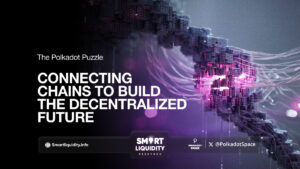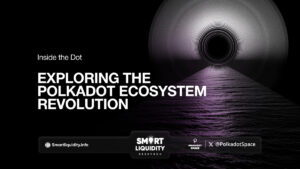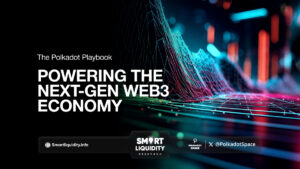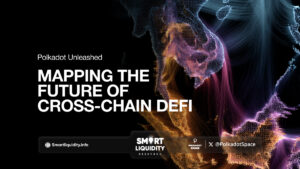Astar dApp Staking Portal V2 is Live!
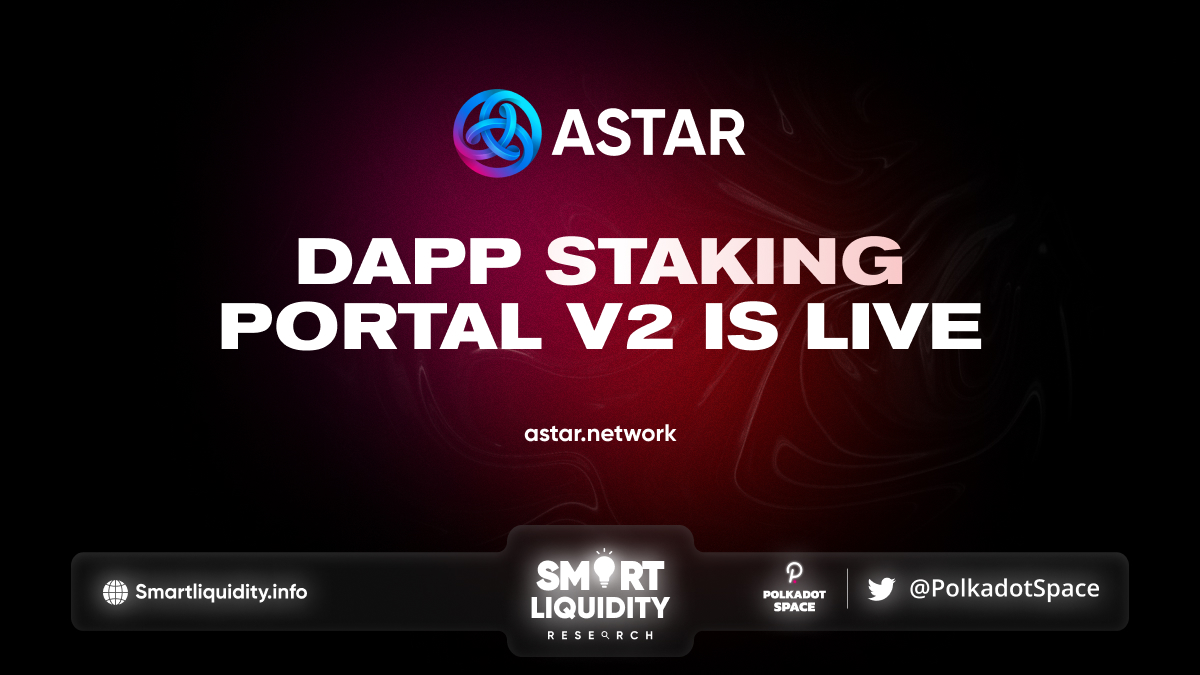

Astar dApp Staking Portal V2 is Live
Astar dApp Staking Portal V2 is Live! DApp staking is one of the easiest ways to participate in their ecosystem and support the ethos of a decentralized network that grows with the community. The portal page is the shared space of the close-knit community; the first meeting point where users, stakers, and developers directly interact with each other. Here, users can explore the dApps of their ecosystem–DeFi, NFTs, Tooling, and Utility. You, as a user, can choose your favorite dApp to use and become a dApp staker by supporting your favorite projects. Both dApp stakers and developers receive ASTR inflation rewards. An economic relationship is created that incentivizes stakers to financially support our number 1 human asset: developers.
What we were missing?
While dApp staking offers the benefits of financial incentives and creating a developer-centered architecture, the portal interface hasn’t delivered this in the most user-friendly way. We are at a point in our journey where staking must be a great user experience. Our portal needs to encourage user participation and improve everyone’s understanding of dApp staking. DApp staking portal v2 now improves staking information, user experience, and portal functionality.
There will be several stages to complete the full rollout of v2. We will announce new features and UI as they are added. Once complete we will have an intuitive page with clear information that better connects the community of stakers to dApp developers. Below we will walk you through this first batch of new features, and then share what we are adding over the upcoming months to complete v2.
The Portal Page V2 — MVP
Three areas of the portal page have been developed to address the limitations mentioned above: user panel, projects page, and the staking page.
New User Panel
Staking Metrics
At the top of the page you’ll notice a new header that clearly highlights the major metrics that are important to stakers:
- TVL in dApp staking
- Current era
- Staking APR
- Total dApps whitelisted for dApp staking
These four metrics will continue to track the evolution of our networks.
Developer Incentives are now displayed to clearly communicate to new builders about the portion of inflation rewards directed to our dApps. That currently sits at 287,712 ASTR each era (roughly every 24 hours)!
User Panel
There are three tabs in your User Panel:
- My Rewards: staking details, including total rewards earned
- Unbonding: a list of ASTR that are currently unbonding
- My dApps: a single list with all nominated dApps and management functions to add or reallocate staked assets
2. New Projects Page
Projects Page
The new Projects Page is designed to aggregate all the important information about a dApp into one spot, including:
- Important dApp-specific graphics
- Staking information (number of stakers and total staked)
- Builders bio for the team
- Project-specific information (socials, official links, & basic dApp architecture)
Each project on the portal staking page can share important messages and general information. Sharing this publicly makes it easier for users and stakers to learn about the dApp’s products and keep up-to-date about the project’s goals and achievements. Ultimately, the projects page is a way for dApps to build trust with the community by sharing their progress and improving transparency.
3. Improved Staking Page
The portal Staking Page now displays links to help everyone navigate our ecosystem; we will highlight the most useful tutorials and videos for you. Additionally, the new staking page will promote the developers that contribute to the network. In addition to providing the UI that allows you to easily support developers via staking, we want the portal to celebrate the hard-working projects found on Astar and Shiden.
Finally, you will see our dApps grouped into four categories: DeFi, NFTs, Tooling, and Utility. It will be easier to find a new dApp project on the portal.
Future Improvements
Over the upcoming months we’ll add additional features and UI elements to improve clarity and enhance the usability of the staking page. Three major updates to look out for are:
1. Visualization of Dynamic Inflation
Providing a visual of the network’s current distribution of inflation rewards (see example below). Currently, the portion of rewards that is shared between the treasury and stakers is dynamic, meaning these rewards fluctuate based on the TVL and other parameters of the network. With the addition of this visualization, stakers can better understand the inflation structure of ASTR/SDN directly on the portal staking page. No digging through docs or polkadot.js.
2. Enhanced Staking Functionality.
Staking should be a painless and enjoyable process. Both Astar and Shiden stakers will have the option to easily Rebond their tokens that are unbonding from a staked dApp. It’s a small feature that will give you more flexibility and greater control of your assets.
They are also excited to introduce a new feature to the Shiden community, thanks to their XCM integration with Oak’s Turing Network: Autostaking. Autostaking through Turing will be the first example of using XCM for a non-token transfer use case on their network. Long-term Shiden stakers will no longer have to log in weekly to claim and restake their rewards. Just stake, set to autostaking, and receive rewards. Final details on this feature will be released once live.
Of course, they will bring autostaking to their Astar stakers shortly after.
3. Customized Design.
This feature is fun. They will be able to customize the portal display. So, yes… we can celebrate holidays and events from across the world: Christmas or Japanese New Year? Though I vote for Oktoberfest! Most importantly, we can further highlight the builders of Astar–our dApps and their current events will be displayed and promoted on the portal.
About Astar
Astar Network — The Future of Smart Contracts for Multichain. Supports the building of dApps with EVM and WASM smart contracts and offers developers true interoperability, with cross-consensus messaging (XCM).
